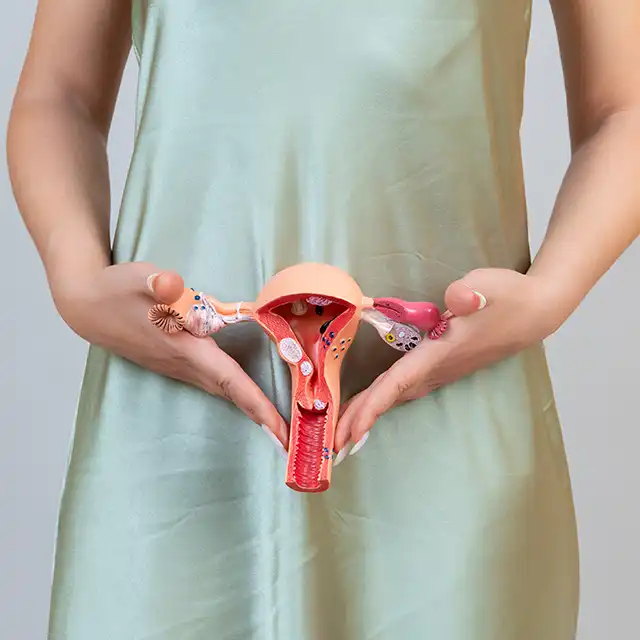
Bedsores are injuries to the skin and underlying tissue due to prolonged pressure on a particular area. They typically occur on skin that covers sharp bones such as heels and ankles where there could be increased friction. Also known as decubitus or pressure ulcers, they are most often seen in individuals who have been bedridden for prolonged periods or wheelchair-bound.
Improper care of hospitalised or bedridden persons can result in the development of bedsores. This is why, when stationary for a long period of time, it is important to change positions often. They can be prevented with enough attention and regular inspection.
Symptoms
Bedsores can progress from relatively mild to very severe in four stages. Here is how you can identify them:
Colour: In the first stage, bedsores usually start out as red or purple patches on the skin that feel warmer or different than the surrounding area. An itch or a burning feeling may also be experienced as blood supply is reduced to these spots.
Texture: The next stage shows changes in the texture of the skin, along with signs of open sore or a painful blister. The area can also be swollen and there may be some fluid or pus discharge.
Pus: If not treated, the tissues beneath the skin get damaged and a crater-like ulcer may be formed. With infection and pus draining, a bad odour becomes apparent. The ulcer turns black indicating dead tissue, which must be removed.
Infection: This is a severe stage where the wound becomes bigger and deeper. Muscles and bones may also become visible with red edges around the wound. Treatment is necessary, to stop the infection’s spread and prevent severe consequences.
Those who are wheelchair-bound experience bed sores most commonly in the following areas:
- Spine
- Shoulder bones
- Buttocks and tailbone
- Back of the arms
Bedridden patients may develop sores on:
- Ankles and heels
- Tailbone and hips
- Elbows
- Back of the head
Causes
Bedsores are typically caused due to a person being bed-ridden for a long time. They can develop within a few hours of being immobile. The risk of developing bedsores is increased when one is:
- Positioned incorrectly and not turned periodically
- Diabetic or receives poor nutrition
- Does not receive adequate skin care.
- Unconscious, comatose, or unable to perceive pain
Diagnosis
Bedsores can be diagnosed by physically inspecting the persons in care; they are categorised depending on the severity of the wound.
Treatment for different stages of bedsores
During the early stages, good care at home is enough to slowly reverse the condition and restore it to near-normal skin. However, for subsequent stages, the following protocols are recommended:
Stage 1 of sores: First, the area must be relieved of pressure. The patient’s position should be changed frequently and cushions placed underneath. There should be a little movement every few hours, with help if needed. The skin of the affected area can be gently washed and patted dry. The affected person should be given a protein-rich diet with plenty of vitamins and minerals.
At stage 2: The wound is again cleaned and dried gently. If the pain is too intense, a painkiller may be given beforehand, and infected or dead tissue is then removed.
A dressing with medicated gauze can be used to cover the sore. The sore should heal within a few days or a couple of weeks.
At stage 3, the wounds require antibiotics to treat underlying infections. All the procedures mentioned earlier should be followed. The wound takes about a month or two to heal.
Stage 4 bedsores are serious as underlying muscles and bones are exposed. The wounds need specialised care, including surgery, so that they can be cleaned from the inside, and the edges around them closed to help in healing.
Surgery
In a procedure called graft, a patch of healthy skin from another area of the body is transplanted to the affected area. This is done after the infection is eliminated.

















